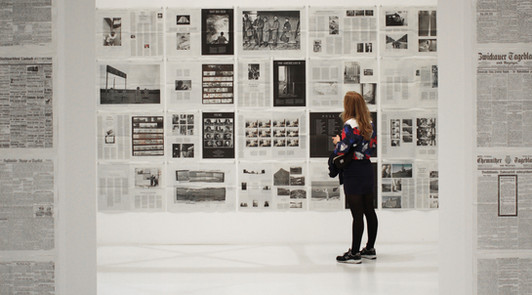MUSEUM ACCESSIBILITY: WHEN ART & CULTURE MEET TRANSLATION
- María Palomares Tarí

- Jun 11, 2021
- 2 min read
Museums and cultural institutions everywhere recognize the diversity of their audiences, and in order to excite and inform visitors about their exhibits, they are going above and beyond to become more inclusive and accessible in every way while adapting to changing times.
This is the case, for example, of those institutions which take advantage of technologies like apps, QR codes, geolocation, specialized websites or even augmented reality, but also of those who provide audio tours, subtitled videos and audio description in a variety of languages.
Here, translation and especially Audiovisual Translation (AVT) play a key role. Now, it is not just a matter of translating content from one language into another, but about taking into account the different needs of different groups and individuals in society (in terms of age, personal abilities, socio-economic background and culture).
Then, as visitors prefer to engage with content they can understand, museums should ensure as many people as possible are able to enjoy the opportunities they offer. That is why offering multilingual support promotes not only accessibility, but inclusion and equality.
So, to what extent can translation and AVT help museum accessibility?
Basically, they provide accessibility to the museum's contents by using appropriate exhibition techniques and by elaborating accessibility resources to adapt such techniques to different types of visitors. Apart from the basic things someone thinks of about museum translation (exhibition catalogues and labels, gallery signage, marketing and advertising materials, etc.), here are some of the professional services you probably hadn’t thought of:
Multilingual multimedia guides, audio guide and website and/or information leaflet for speakers of other languages, that is, for international visitors;
Audio guide, audio description and voice narration of printed text for visually impaired people;
Subtitling and sign-language interpreting of audiovisual products and Audio and video transcription for hearing-impaired people;
Adapted audio guide text and guided tour for children.
As we have mentioned, translation enables these organizations to make culturally sensitive and authentic content reach international visitors as well as diverse local communities. Professional translation definitely helps you foster dialogue and encourage in-depth exploration.
Got any questions? Reach out to us!








Comments